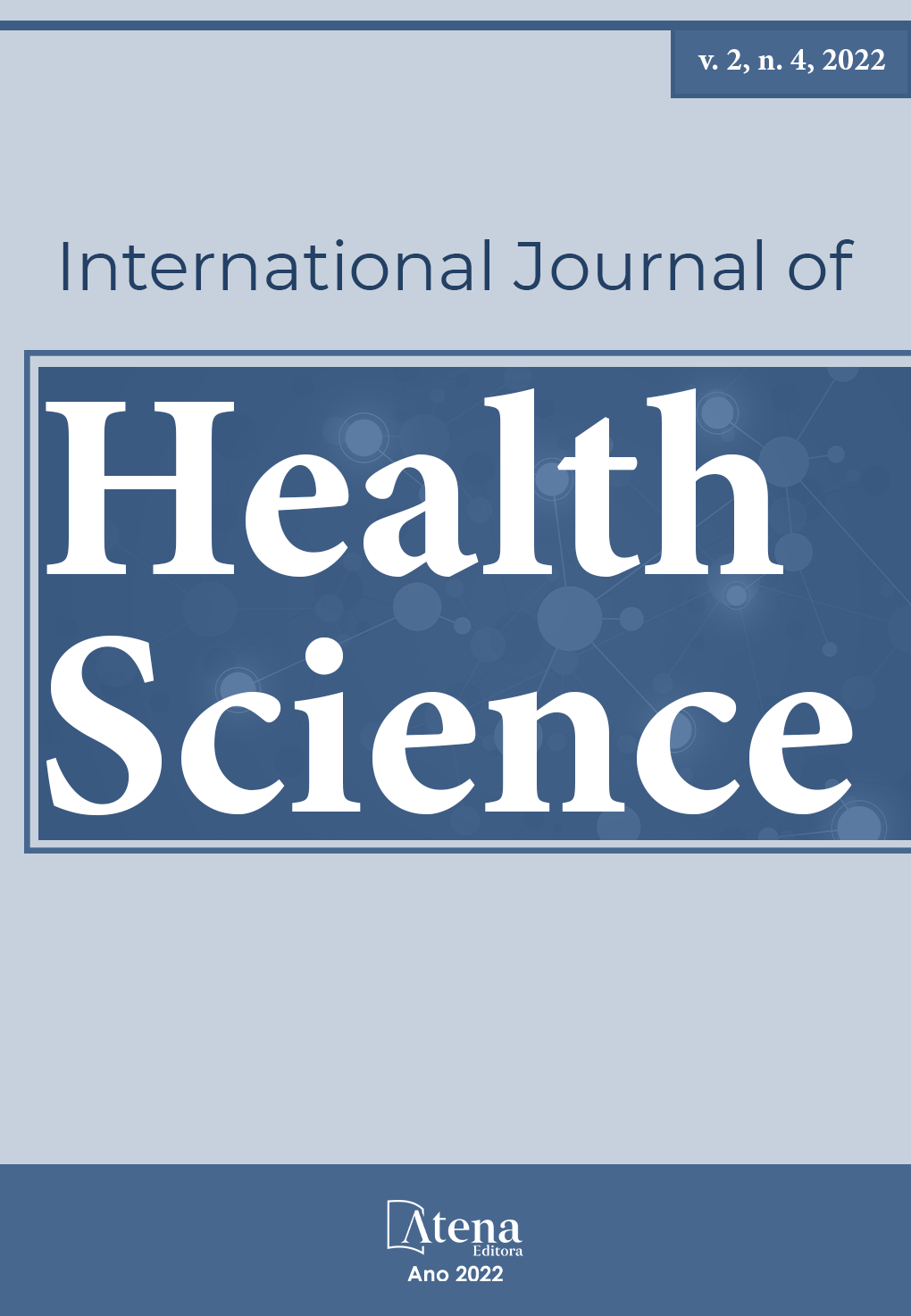
Evaluation of the colorimetric stability of pigments from Sphagneticola trilobata extracted with oil from Glycine max (soja)
Soybean oil is the most consumed vegetable oil in Brazil. As it is an oil extracted with a fossil solvent, a refining step is necessary for food safety reasons. However, in refining most of the bioactive compounds in the oil are removed. Sphagneticola trilobata (L) Pruski, known as Wedélia, is an herb native to Brazil, whose compounds have already been linked to herbal treatments. Luteolin isolated from its flowers is a flavonoid that, in addition to having biological activity, is a natural dye responsible for giving the flower its yellow color. Currently, the use of natural dyes has assumed a relevant position in food processing, due to the benefits associated with a more natural diet and also the correlation of some synthetic dyes with adverse effects on human health. Thus, in this work, the effect of the Drying at method of Wedelia flowers on the colorimetric stability of commercial soybean oil containing fat-soluble compounds from the flower was evaluated, in the CIE L*a*b* system. The process was carried out by immersion, for 60 days, of the pinnules in soybean oil in the proportion 1:9 (m/m), respectively. Flowers dehydrated by four Drying at techniques were used. For comparative purposes, a sample containing pure soybean oil was used as a standard. Analysis by repeated measures ANOVA and Tuckey test indicated a significant effect of Drying at flower methods at all points in the color spectrum of the samples. However, cold dehydration was the only one that showed a significant difference between treatments in terms of distance from the standard. This result indicated the potential of using the Wedelia pigment as a natural food coloring and as a source of bioactive compounds from sustainable processing, expanding the use of soybean oil as a renewable solvent in the formulation of new products.
Evaluation of the colorimetric stability of pigments from Sphagneticola trilobata extracted with oil from Glycine max (soja)
-
DOI: 10.22533/at.ed.159242230013
-
Palavras-chave: Asteraceae; Colorimetry; Bioactive compounds; Lyophilization; microwave.
-
Keywords: Asteraceae; Colorimetry; Bioactive compounds; Lyophilization; microwave.
-
Abstract:
Soybean oil is the most consumed vegetable oil in Brazil. As it is an oil extracted with a fossil solvent, a refining step is necessary for food safety reasons. However, in refining most of the bioactive compounds in the oil are removed. Sphagneticola trilobata (L) Pruski, known as Wedélia, is an herb native to Brazil, whose compounds have already been linked to herbal treatments. Luteolin isolated from its flowers is a flavonoid that, in addition to having biological activity, is a natural dye responsible for giving the flower its yellow color. Currently, the use of natural dyes has assumed a relevant position in food processing, due to the benefits associated with a more natural diet and also the correlation of some synthetic dyes with adverse effects on human health. Thus, in this work, the effect of the Drying at method of Wedelia flowers on the colorimetric stability of commercial soybean oil containing fat-soluble compounds from the flower was evaluated, in the CIE L*a*b* system. The process was carried out by immersion, for 60 days, of the pinnules in soybean oil in the proportion 1:9 (m/m), respectively. Flowers dehydrated by four Drying at techniques were used. For comparative purposes, a sample containing pure soybean oil was used as a standard. Analysis by repeated measures ANOVA and Tuckey test indicated a significant effect of Drying at flower methods at all points in the color spectrum of the samples. However, cold dehydration was the only one that showed a significant difference between treatments in terms of distance from the standard. This result indicated the potential of using the Wedelia pigment as a natural food coloring and as a source of bioactive compounds from sustainable processing, expanding the use of soybean oil as a renewable solvent in the formulation of new products.
-
Número de páginas: 13
- Maria Christina Sid Carvalho
- Suely Pereira Freitas
- Thais Rodrigues de Souza


